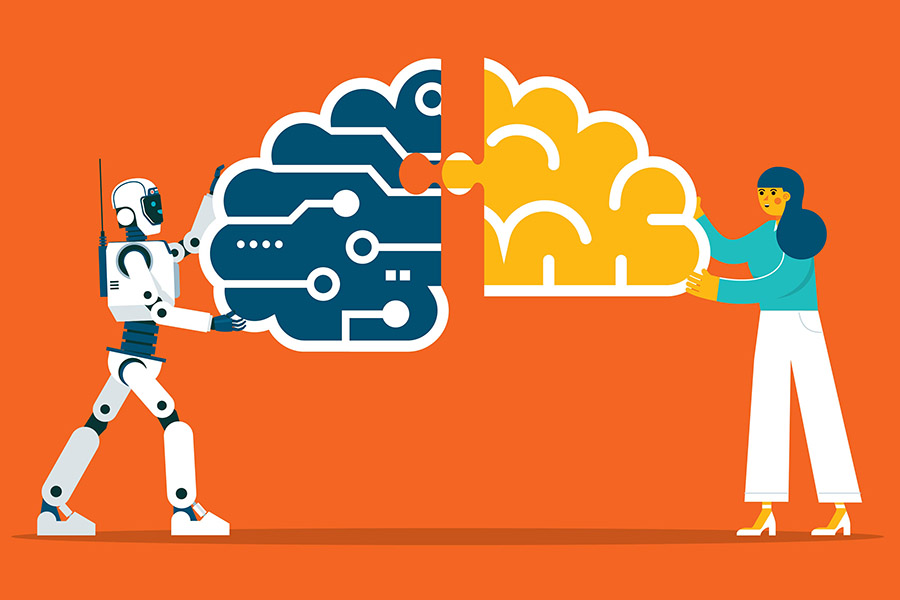Introduction to Modernising Infrastructure
Many organisations are trying to update their infrastructure to improve efficiency and manage rising costs. But the path is rarely simple. Hybrid setups, legacy systems, and new demands from AI in the enterprise often create trade-offs for IT teams.
The Challenge of Modernisation
Modernisation often stalls when costs rise. Many businesses want the flexibility of cloud computing but still depend on systems built on virtual machines and years of internal processes. A common problem is that older applications were never built for the cloud. Rewriting them can take time and create new risks. But a simple “lift and shift” move often leads to higher bills, especially when teams do not change how the workloads run.
Overcoming Migration Challenges
Some vendors are trying to address this by offering ways to move virtual machines to Azure without major changes. Early users say the draw is the chance to test cloud migration without reworking applications on day one. For some, this early testing is tied to preparing systems that will later support enterprise AI workloads. They also point to lower storage costs when managed through Azure’s own tools, which helps keep the move predictable. The key lesson for other companies is to look for migration paths that match their existing operations instead of forcing a full rebuild from the start.
Data Protection and Control in Hybrid Environments
The risk of data loss or long outages still keeps many leaders cautious about large modernisation plans. Some organisations are now building stronger recovery systems in on-premises, edge, and cloud locations. Standard planning now includes features like immutable snapshots, replication, and better visibility of compromised data. A recent integration between Microsoft Azure and several storage systems seeks to give companies a way to manage data in on-premises hardware and Azure services. Interest has grown among organisations that need local data residency or strict compliance rules. These setups let them keep sensitive data in-country while still working with Azure tools, which is increasingly important as enterprise AI applications depend on reliable and well-governed data.
Preparing for AI
Many companies want to support AI projects but don’t want to overhaul their entire infrastructure. Microsoft’s SQL Server 2025 adds vector database features that let teams build AI-driven applications without switching platforms. Some enterprises have paired SQL Server with high-performance storage arrays to improve throughput and reduce the size of AI-related data sets. The improvements are becoming part of broader enterprise AI planning. Teams working with these setups say the attraction is the chance to run early AI workloads without committing to a new stack. They also report that more predictable performance helps them scale when teams begin to train or test new models.
Managing Complexity with Kubernetes
Many enterprises now run a mix of containers and virtual machines. Keeping both in sync can strain teams, especially when workloads run in more than one cloud. Some companies are turning to unified data-management tools that allow Kubernetes environments to sit alongside legacy applications. One example is the growing use of Portworx with Azure Kubernetes Service and Azure Red Hat OpenShift. Some teams use it to move VMs into Kubernetes through KubeVirt while keeping familiar workflows for automation. The approach aims to reduce overprovisioning and make capacity easier to plan. For others, it is part of a broader effort to make their infrastructure ready to support enterprise AI initiatives.
A Clearer Path to Modernisation
Across these examples, a common theme stands out: most enterprises are not trying to rebuild everything at once. They want predictable migration plans, stronger data protection, and practical ways to support early AI projects. The tools and partnerships now forming around Azure suggest that modernisation is becoming less about replacing systems and more about improving what is already in place. Companies that approach modernisation in small, steady steps – while keeping cost, security, and data needs in view – may find it easier to move forward without taking on unnecessary risk.
Conclusion
In conclusion, modernising infrastructure is a complex task that requires careful planning and consideration of various factors such as cost, security, and data protection. By understanding the challenges and opportunities of modernisation, companies can make informed decisions about their infrastructure and create a clearer path to supporting enterprise AI initiatives.
FAQs
- Q: What are the main challenges of modernising infrastructure?
A: The main challenges include rising costs, legacy systems, and the need for stronger data protection and control in hybrid environments. - Q: How can companies overcome migration challenges?
A: Companies can overcome migration challenges by looking for migration paths that match their existing operations and by using tools that allow them to test cloud migration without reworking applications. - Q: What is the importance of data protection and control in hybrid environments?
A: Data protection and control are crucial in hybrid environments to prevent data loss or long outages and to ensure compliance with strict rules and regulations. - Q: How can companies prepare for AI without overhauling their infrastructure?
A: Companies can prepare for AI by using tools such as Microsoft’s SQL Server 2025, which adds vector database features that let teams build AI-driven applications without switching platforms. - Q: What is the role of Kubernetes in managing complexity?
A: Kubernetes can help manage complexity by allowing companies to run a mix of containers and virtual machines and by providing unified data-management tools that enable Kubernetes environments to sit alongside legacy applications.










